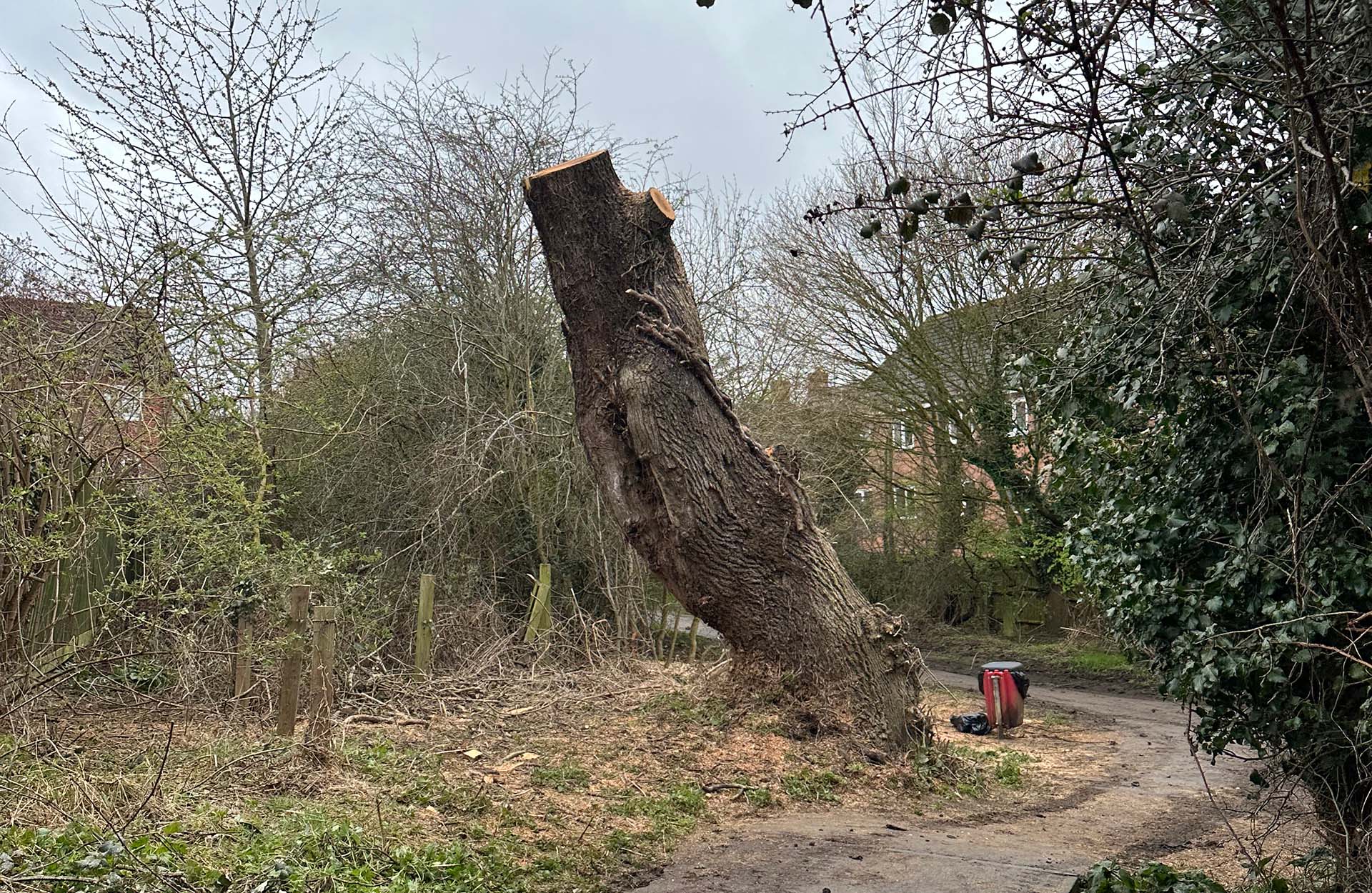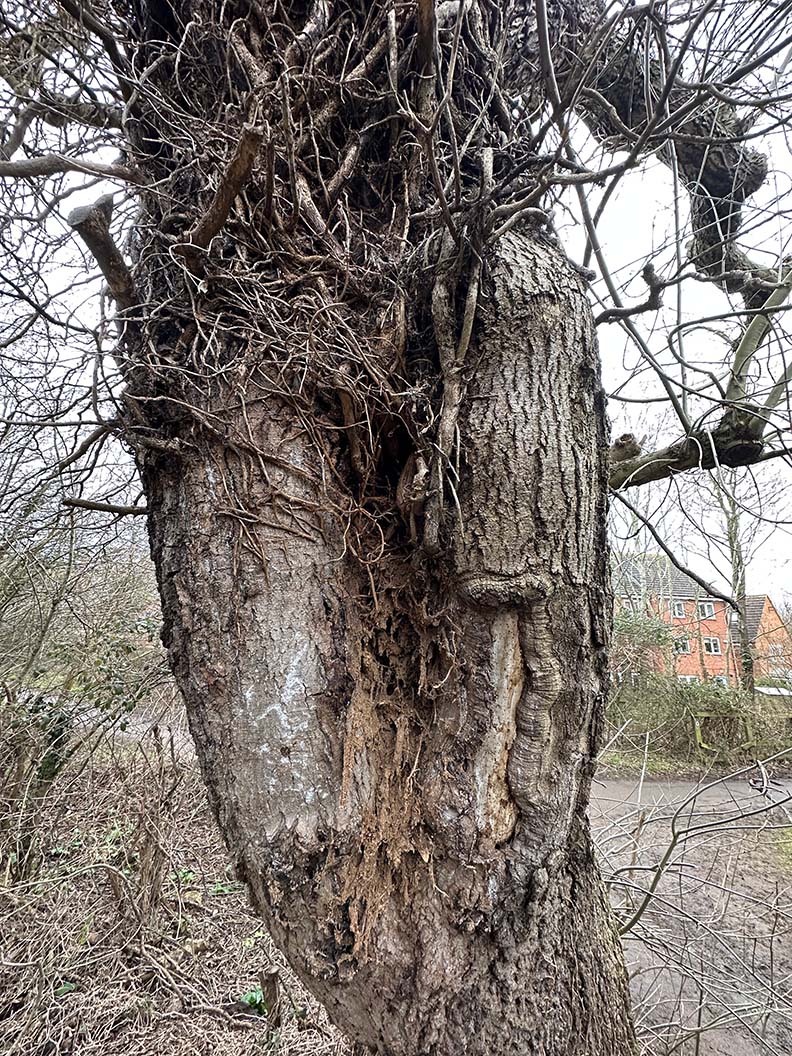Honey Bees in Higham Ferrers
 Honey Bees in Higham Ferrers
Honey Bees in Higham Ferrers
When you work in the world of pest control, no two days are ever the same and every call we receive presents a unique challenge. Earlier this year, for our experienced team at iX5 Pest Control, the challenge was an established honeybee colony housed in a decaying Ash tree located in Ullswater Close, on the outskirts of Higham Ferrers town.
The tree stood close to a residential estate and a frequented footpath, raising serious safety concerns for the public and nearby properties. With the tree showing signs of significant decay, the risk posed needed to be mitigated. Yet, within this predicament lay an ecological conundrum – a bustling honey bee colony resided in a cavity in the trunk of the tree.
In late March, we embarked on helping Higham Ferrers Town Council ensure members of the public were kept safe, whilst preserving these industrious insects, crucial to our ecosystem.
 The Consultation
The Consultation
Matt from iX5 Pest Control was tasked with this mission. He began with a meeting with Higham Ferrers Town Council and Turney Landscapes, the arboriculturist company chosen to handle the tree removal. The council initially considered removing the entire tree alongside the possible rehoming of the bees, but after an onsite discussion a more sustainable approach was chosen.
It was decided that the bees could remain in situ while the crown of the tree was carefully taken down. Matt prepared to seal up the tree cavity the night before the operation to ensure the bees and the arboriculturists remained safe and secure during the works.
The Execution
The plan was to leave approximately 10-12ft of the trunk, meaning the bees kept their home. On the day, Matt was present on-site, overseeing the process and ensuring the Arboriculturist’s safety. Once the tree height was reduced, and the bees remained undisturbed, Matt reopened the cavity, releasing the bees to enjoy their modified home.
Sealing the Bees in the Tree
The complexity of this operation was quite high. The tree trunk was large, and the entrance to the cavity housing the bees stood 3-4 ft high. Matt was faced with the difficult task of sealing the cavity without leaving any gaps. The gnarled bark of the tree was an additional challenge.
To create a secure seal, Matt ingeniously used a combination of foam, blankets, and stainless steel mesh. The foam was cut and shaped to match the shape of the cavity, and to make sure any gaps were filled. The steel mesh was placed over the main cavity to allow airflow yet keep the bees safely inside. The use of foam ensured that it was squashed into the bark’s shape, creating an impenetrable seal. The whole thing was then wrapped and strapped to make sure the bees stayed where they would be safe.
The focus of this operation wasn’t just about mitigating the risk of a collapsing tree, but equally about preserving a colony of wild honeybees, recognising their importance in our ecosystem.
A spokesperson from Higham Ferrers Town Council said ‘We were so pleased when Matt came forward with his innovative idea to retain the bee colony and seal the bees in the cavity while works were undertaken to the tree. The works went according to plan on the day and to add to that they coincided with the council’s ‘Bee Squared’ project to encourage sowing of seeds in the town to create many small m2 areas of wildflowers as bee pollinator corridors’.
With expert planning, precise execution, and a sustainable approach to pest control, together the Higham Ferrers Town Council, Turney Landscapes and iX5 Pest Control managed to successfully resolve a potentially hazardous situation, ensuring the safety of both the bees and the local residents.
The whole project is a testament to the council’s dedication and commitment towards maintaining the delicate balance between public safety and ecological preservation.
If you have Honey Bees in situ, whether in a building, an old tree or any other public place, then call iX5 Pest Control on 01604 328545 or email [email protected] – choose iX5 Pest Control, we are trusted with results!
